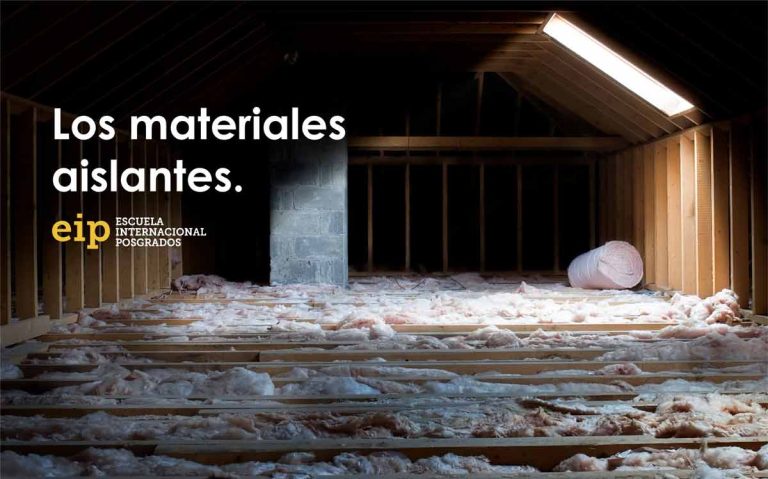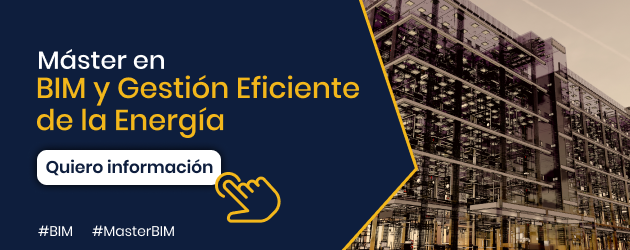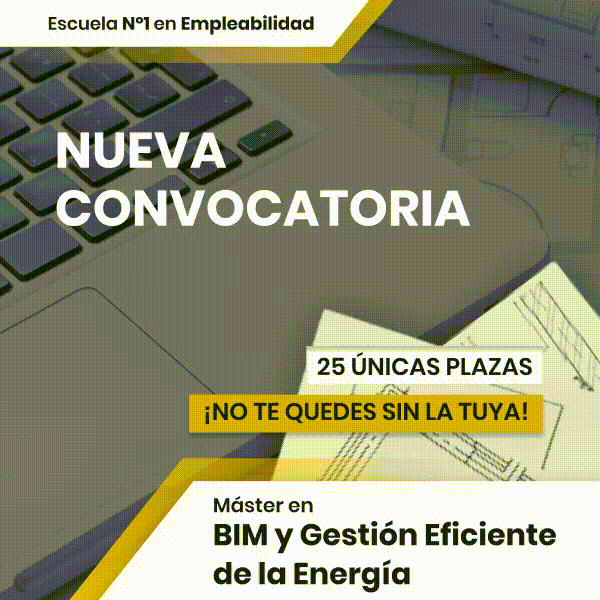Current demands in the construction field are increasing, with projections of achieving energy efficiency. The consumer buildings energetic almost zero are the commitment of the european union, It is a fairly ambitious task to accomplish due to the age of the buildings in Spain. All new construction buildings have to adapt to energy saving regulations and one of the fundamental parameters of this standard is insulation. In the next article we will talk about them.

Types of thermal insulators
Insulating materials can be classified into:
-Plastic or synthetic insulators.
-Insulators of mineral origin.
-Insulators of plant origin.
Insulating materials of synthetic origin
Plastic materials have a wide variety of products with good benefits of thermal isolation. In addition, its lightness, durability and ease of placement have increased its field of application.
Polystyrene
It is a plastic derivative that is made from various products obtained by the distillation of petroleum. In construction, they are usually used two classes different types of polystyrene as insulating material: expanded polystyrene and extruded polystyrene.
Polystyrene expanded
Commonly known as “Porexpán”, it is marketed in the form of rigid foam boards, in a wide range of dimensions and thicknesses. Its lightness is an advantage, but it offers poor compressive strength, So it is unsuitable for supporting loads
However, it is also sold in the form of "sandwich" panels, made up of a core of expanded polystyrene foam and a coating of steel sheets or polyester reinforced with fiberglass.

Polystyrene extruded
Unlike expanded material, it has greater mechanical resistance, so it can withstand loads, being used usually in the isolation of roofs, both flat and inclined, and on pavements.
It is sold in the form of panels, in different thicknesses and with smooth or tongue-and-groove edges, or half-wood, to facilitate their placement and ensure the continuity of the insulation.
It is also presented in the form of sandwich panels for interior finishing solutions for ceilings, walls and cladding, and for enclosure solutions in the building envelope, both on facades and roofs.

Polyurethane
The most common application systems of Polyurethane foam in the works are: mechanical projection, outside or inside and injection into hollow chambers of existing two-leaf factories, achieving continuous insulation, without joints.
Polyurethane is also used in the form of rigid foam sheets, uncoated or covered with aluminum sheets or Kraft paper, in the form of sandwich panels and with special shapes adapted for the insulation of ducts and pipes.

Polyethylene
Insulating products made with polyethylene foam can be found on the market. This material provides a good thermoacoustic insulation and great flexibility, which allows it to be adapted to any shape.
Also worth highlighting are the light reflective sheets composed of 2 layers of aluminum and an inner layer of polyethylene foam, which, in addition to offering thermal insulation, reflects thermal radiation and acts as a vapor barrier.

Phenolic foam
Phenolic resin foam insulating boards, with or without coating; They are light, durable and have a good behavior in fire

Insulating materials of mineral origin
The insulating materials that are currently used in construction and that have their origin in mineral products are very varied:
Mineral wool
It is an insulating material made up of a felt of intertwined filaments of a stone nature. This offers a good thermal and acoustic insulation and, as they are not flammable, a good protection against fire.
It is sold in two fundamental types: fiberglass and rock wool.
Fiberglass
Material made up of an infinite number of small glass filaments that are obtained from a molten mixture of siliceous sand, additives and recycled glass.
It is marketed in different forms, depending on its use, being the Flexible panels or “blankets” are the most used in the insulation of enclosures. These panels are made by agglomerating glass fibers with resins. In some cases, a sheet is attached to them that acts as a vapor barrier: polyethylene, kraft paper or aluminum.
Other very common fiberglass products are glued rigid panels for false ceilings and air conditioning ducts, insulating panels adhered to laminated plasterboard for direct coating of walls and shells for pipe insulation.

rock wool
This material is manufactured from basaltic rock, and is sold in the form of blankets of pressed fibers, adhered using resin.
Rock wool panels can have a laminated coating that acts as a vapor barrier. Rock wool can also be found as an interior filler for sandwich panels made of galvanized steel sheet or reinforced polyester, to its use in false ceilings, partitions and to compartmentalize fire sectors.
Currently, rock wool can be found in bulk, in the form of nodules, which is supplied in bags for use in the energy rehabilitation of buildings, mechanically blown into the hollow chambers of the enclosures.

cellular glass
Cellular glass is obtained from the fusion of glass powder, through a thermochemical process in which said powder agglomerates, forming hollow cells inside.
It comes in the form of rigid plates or panels of different thicknesses, which can be easily cut and sawn. For its placement, specific adhesive mortars are used.
Its most common uses are the insulation of enclosures and roofs, the insulation of floors and walls in contact with the ground, and the insulation of singular points of the exterior enclosure where thermal bridges can occur..

expanded perlite
Expanded perlite is obtained from volcanic rock. It is a material inert to atmospheric agents and aging, non-combustible, non-toxic and does not absorb water.
It is used in the form of grains of about 5 mm in diameter for the production of lightweight concrete, the dry filling of air chambers and the preparation of mortars for cover metal profiles, as protection against fire.

Insulating materials of plant origin
Currently, there is a wide commercial offer of insulating materials of plant origin, such as panels made from wood shavings, cork and agro fibers from agricultural crops..
Agglomerated expanded cork
Cork agglomerate has excellent thermal and acoustic insulation properties, and low water absorption. It is supplied in the form of panels, uncoated or coated, and in rolls of flexible cork of different thicknesses.

granulated corkeither
Cork can also be presented in bulk in the form of granules.
Wood fibers and wool
On the market there are different types of insulating panels made from recycled wood chips, in the form of pressed and agglomerated fibers or wool.

If you are interested in knowing more about these and other specialized materials and want to become an expert in efficient buildings, sign up without hesitation in our Master in BIM and Efficient Energy Management.

































